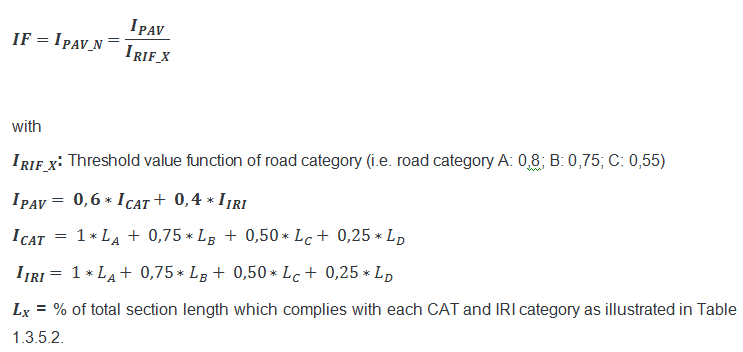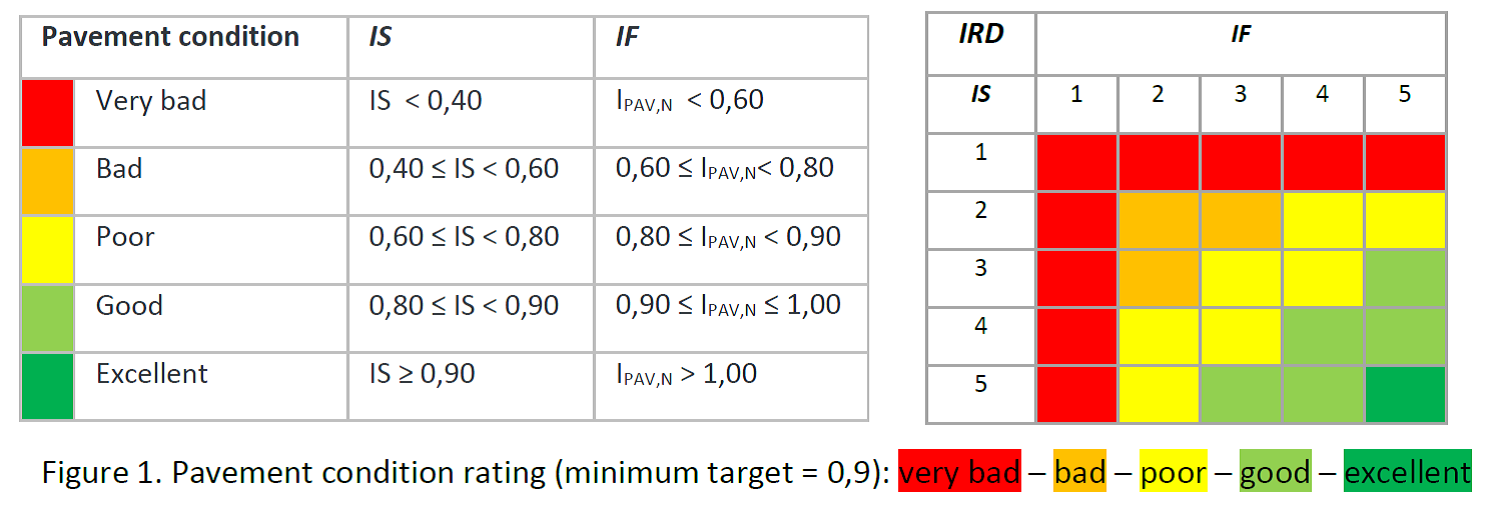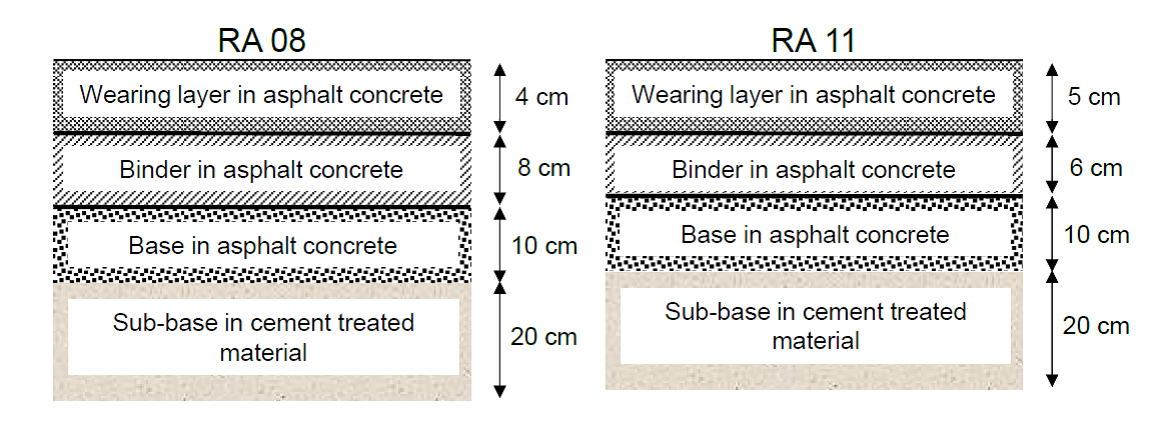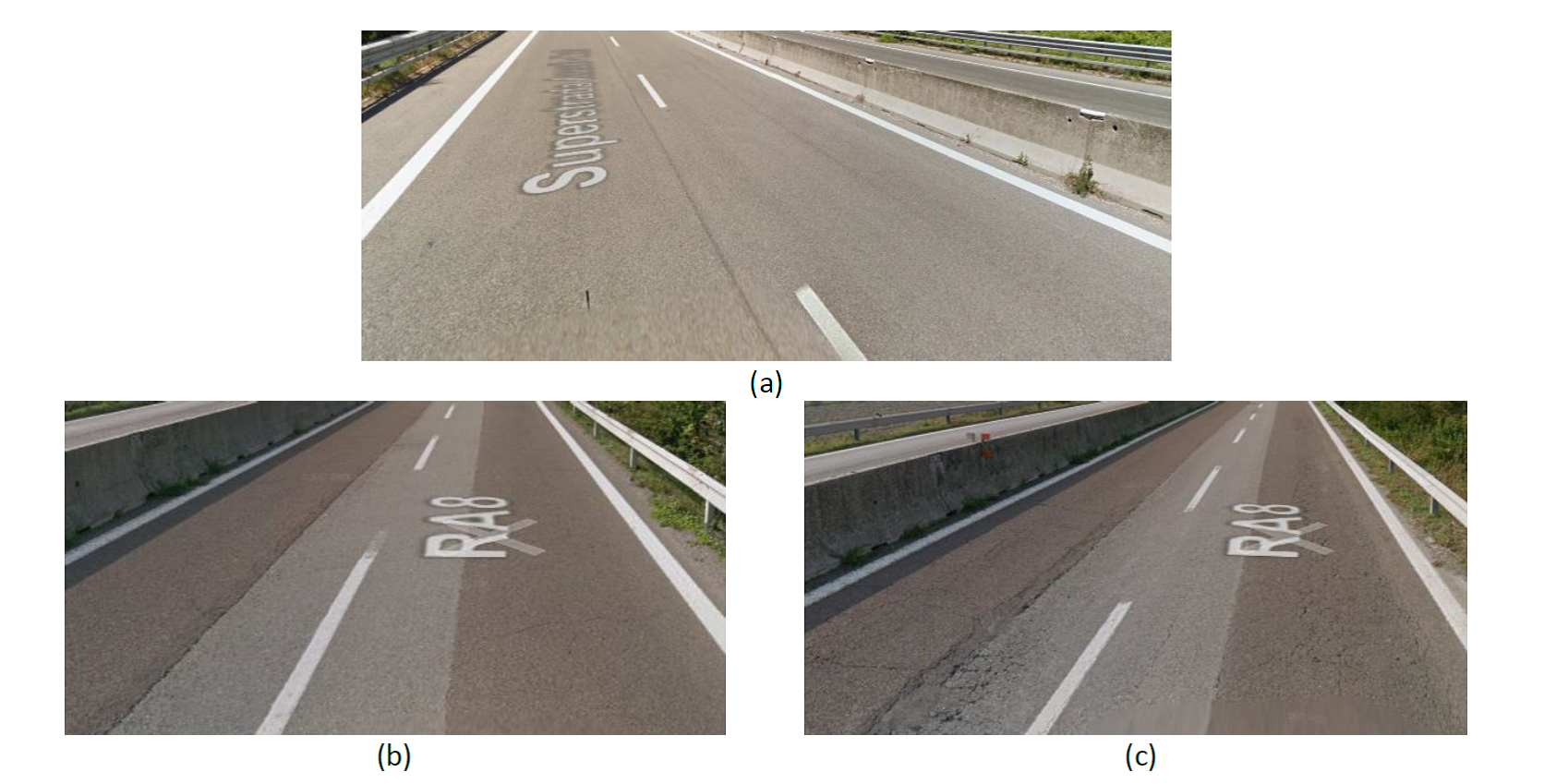
Asset Management Manual
A guide for practitioners!

Asset Management Manual
A guide for practitioners!
UGO DIBENNARDO, ANAS S.p.A, Italy.
ANAS S.p.A., the main Italian road agency, manages more than 32.000 km of national roads, including hundreds of bridges and tunnels. With the pursuit to optimize technical and economical efforts and build a renovated planning strategy, a Pavement Management System (PMS) has been implemented “in-house”. It is part of a wider project aimed at the proposal of a Road Asset Management (RAM), which suggests a proper allocation of funds based on required maintenance needs. Specifically, the RAM is able to propose optimum technical and financial long-term strategies for planning maintenance activities of all the assets involved in a road network (e.g. pavements, bridges, tunnels).
In the last decade, many PMS have been developed worldwide. However, each system must deal with peculiarities of the involved road network and address specific issues related to local conditions. Consequently, ANAS has decided to develop its own software, a user-friendly system centered on a performance-based approach. Incorporating the control parameters imposed by Italian Ministry of Infrastructure and Transport to monitor pavement conditions, ANAS PMS proposes simple decision-making tools for planning road maintenance, efficiently leading to identification and prioritization of sites needing repairs.
The final objective of the proposed system is to create a simple supporting tool in the decision-making process to properly allocate funds and optimize technical activities. The system will assist technicians and road managers in building up an effective infrastructure network, which must guarantee safety and good service conditions for users, as well as sustainability/benefits in terms of financial resources and technical efforts for the road agency.
Based on the outputs of the proposed system, ANAS sought to identify maintenance and rehabilitation priorities due over time, proposing cost and technical-effective repairing solutions able to comply with budget and performance requirements (i.e. minimizing maintenance activities in terms of frequency and costs and maximizing pavement performance). The system implementation and the consequent planning strategy will guarantee high quality standard infrastructures together with relevant money savings due to direct and indirect benefits for road users and road managers.
Each year ANAS, through its experimental research center, monitors its road network to detect the main parameters for verifying pavement condition ((e.g. CAT, IRI, HS) asked by Italian Ministry of Infrastructure and Transport. This extensive monitoring campaign makes available a huge amount of data that can be exploited for the development of a reliable PMS without needing additional efforts in terms of equipment and/or complex features (i.e. no need of additional costs).
In this sense, the first step of the PMS construction process (still in progress) has been the development of an elaboration method that includes the above-mentioned pavement performance parameters regularly detected by ANAS for the determination of pavement rating. Specifically, a simple methodology was proposed to elaborate all the historical data recorded through in site investigation equipment and visual inspections. The analysis provides two main performance indicators, which describe functional and structural pavement conditions:
Based upon IF and IS rating combination (Figure 1.3.5.3), the current road pavement condition level is identified as summarized by the parameter IRD (Index of Distress Relevance).
Below, expressions and relationships between the above-described parameters are shown:

Table 1.3.5.2: CAT and IRI category

Figure 1.3.5.3: Pavement condition rating
With the aim of verifying the capability of the proposed road data elaboration method to provide a feasible and reliable picture of the actual maintenance need of the road network, a case study of its applicability is presented in the next paragraph.
Two 5 km sections of double carriageway roads with same traffic and structure category (i.e. road category B – subjected to heavy traffic – Figure 1.3.5.3) were analyzed in terms of IRD. The sections were selected taking into account maintenance needs previously identified based on the empirical experience of road agency technicians. One section was selected among those identified in “poor conditions” (i.e. requiring repairs – Figure 1.3.5.4). The other one, recently rebuilt, was chosen among those in “good conditions” which do not require priority in rehabilitation (Figure 1.3.5.5). For each section, CAT and IRI data were analyzed as previously described and visual inspections reports were elaborated to determine IF, IS and IRD as summarized below. For the first section, data recorded in two different periods were considered with the aim of verifying the ability of the system to identify the distress evolution over time.

Figure 1.3.5.4: Road Pavement Structure

Figure 1.3.5.5: a) RA 11 (2017); b) RA 08 (2015); c) RA 11 (2017)
Table 1.3.5.3: IRI and CAT data elaboration
Table 1.3.5.4: Pavement condition rating
Results shown in Table 1.3.5.3 and 1.3.5.4 validate the reliability of the performance-based elaboration method proposed by ANAS to identify pavement condition. IRD properly ranks roads based on the distress level: a better IRD rate characterizes the road section recently restored (RA 11). At the same time, the road section requiring maintenance (RA 08) shows ICAT and IIRI values that worsen over time with an overall reduction in the IRD rate, as expected due to the higher deterioration recorded with the most recent road inspection. Based on these findings, in order to restore acceptable pavement conditions, ANAS planned specific maintenance activities on the RA 08 road (conducted in 2017 and 2018).
Thus, with few efforts in terms of data acquisition and mathematical calculations, the IRD parameter is able to easily provide a comprehensive picture of the current pavement condition of the whole road network and demonstrates the sensibility to adjust according to distress evolution.
The next step for ANAS PMS development is the implementation of provisional evolution models based on climate and traffic conditions as well as time aging effects. By applying evolution laws to the IRD parameter, the IDF (Index of Future Deterioration) will be identified, so capturing in advanced maintenance needs and priorities of the road network and their evolution. In this sense, for the construction of reliable evolution laws, the wide historical database recorded over time by ANAS research center constitutes an irreplaceable resource. The combination of IDF information with visual inspection data, that provide useful hints about deterioration causes, assists technicians in the identification of the most feasible and effective technical solutions. To this regard, depending on distress type and extension as well as IFD values, a catalogue of standardized maintenance activities will support technical decisions. Finally, based on technical needs and budget availability, ANAS can plan a careful long-term action strategy, which allows significant cost savings and technical efficiency.
ANAS PMS demonstrates optimum capability in identifying gaps and priority maintenance needs, allowing for better allocation of resources as well as technical efficiency. With very limited efforts in terms of data finding and calculation, the proposed system can easily provide a reliable picture of the current pavement condition of the road network, demonstrating the sensibility to adjust according to distress evolution.
ASPHALTICA World Seminar. 2018. “Pavement Management System - Il progetto di ANAS”, presented by Ugo Dibennardo and Tullio Caraffa. Rome, Italy. 26 October 2018.